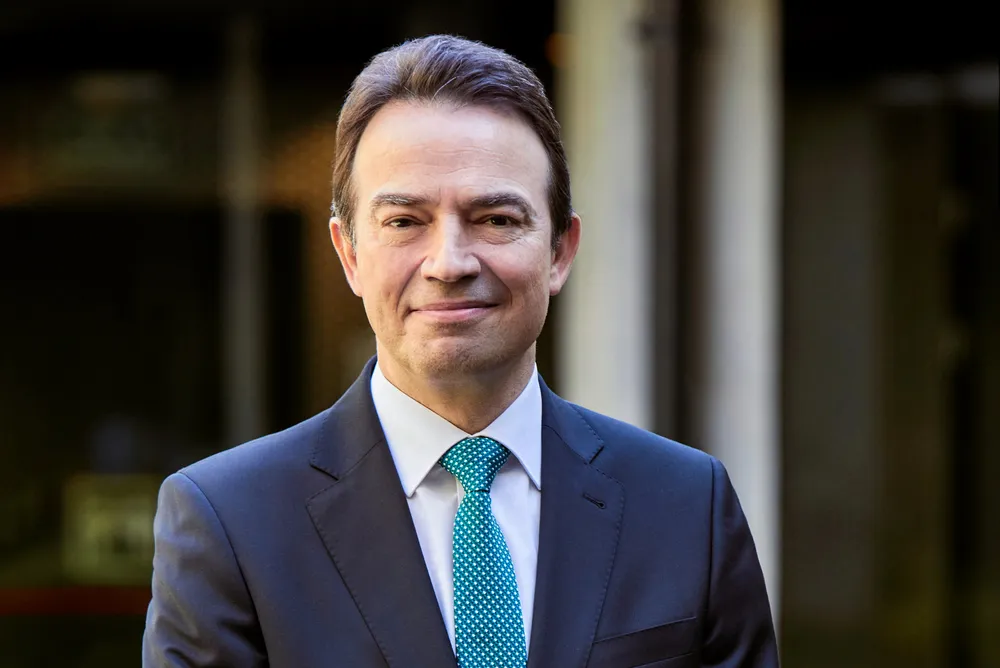Spain to become major green hydrogen exporter to Europe, with domestic production double that of local demand by 2030
Gas distributor Enagás also expects mass volumes will flow from North Africa through Spain, as it eyes multi-country H2Med pipeline network
